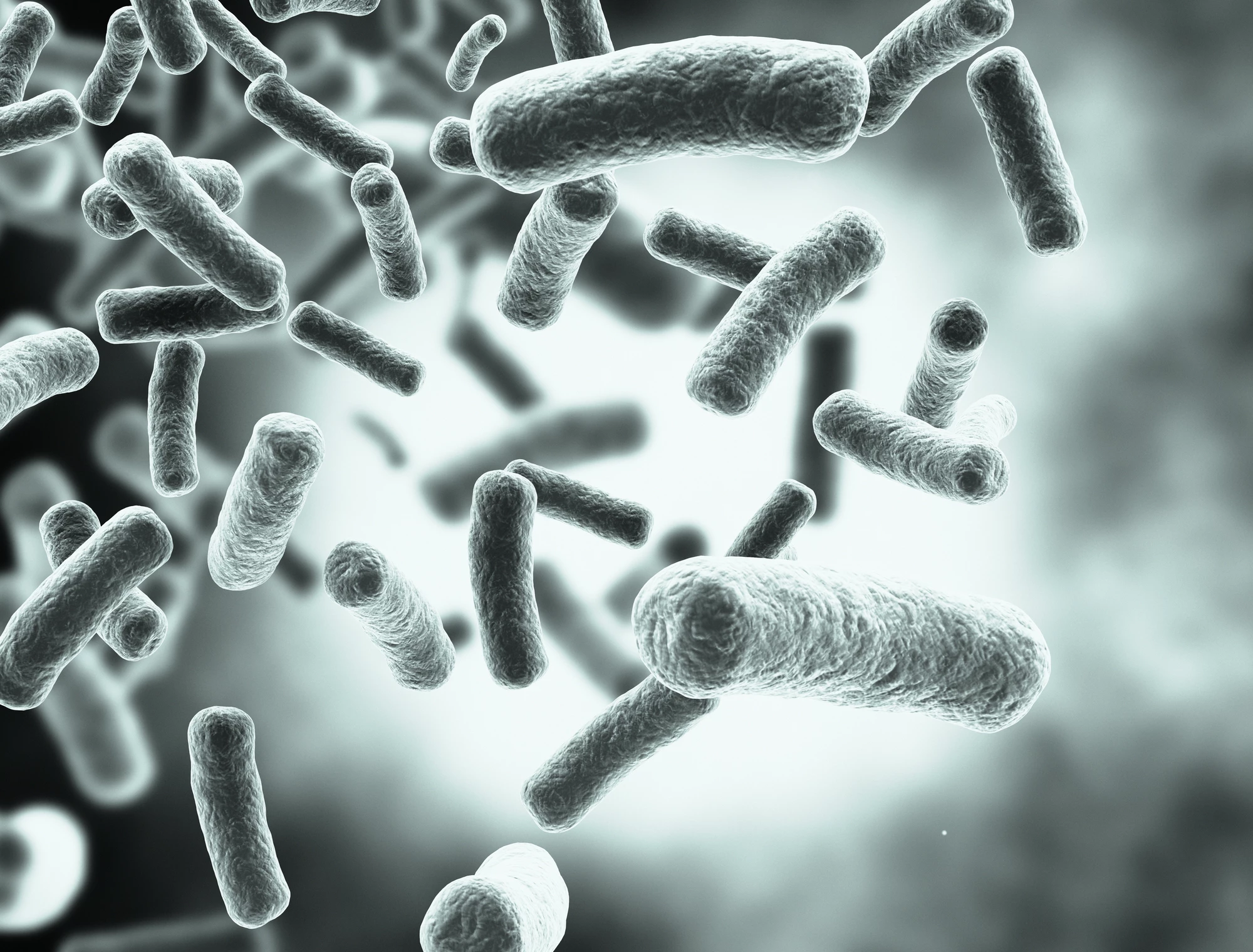Pathogens like bacteria and viruses are extremely good at evolving in response to drugs, which can render vaccines ineffective. But now, researchers at ETH Zurich have found a way to weaponize that ability against them, forcing the bugs down harmless evolutionary dead ends.
Microbes are living examples of evolution in action. Darwin’s classic theory says that when lifeforms are exposed to pressures from their environment, those with genetic mutations that help them cope better will have an advantage. Since other individuals without the beneficial mutations are more likely to die out, the mutations will eventually become the norm throughout a population.
In the world of bacteria and viruses, drugs and vaccines are the environmental pressures that they must overcome. And they do it with frustrating ease, quickly finding ways around the attacks and then swapping those genes like trading cards. The end result is the constant looming threat of antibiotic-resistant “superbugs” that render our best drugs ineffective.
So the researchers at ETH Zurich set out to turn this strength into a weakness. Rather than developing a drug that kills bacteria, the team wanted to find a way to funnel its evolution down a path where it becomes weaker, and less of a problem for the host.
To start, the team dosed groups of mice with several different vaccines against Salmonella typhimurium, then watched carefully how the bacteria in their guts evolved resistance to the drugs. Eventually they were able to identify the full spectrum of evolutionary escape routes that the Salmonella were using to survive.
Next, they combined four Salmonella strains into one vaccine that cut off all of those evasion options. And sure enough, the bacteria retreated into a new form where it was still able to multiply without the drug touching it. The trade-off? The Salmonella could no longer infect the host cells to cause disease.
“This allowed us to show that immune evasion is not only a major challenge in vaccine development, but that it can in fact be put to good use in both human and veterinary medicine,” says Emma Slack, lead author of the study. “We can use it to drive the evolution of pathogenic microorganisms in a certain direction – in our case, a dead end.”
On closer inspection, the researchers found that the reason for this weakness was that sugar molecules on the bacteria’s surface had atrophied. This coating normally helps the bugs hide from the host’s immune system or viruses.
When the researchers tested the technique in mice, they found that it gave the animals better protection against Salmonella infections than existing vaccines.
The team says that the technique could be used to develop new vaccines against antibiotic-resistant bacteria, and potentially even wipe out some dangerous strains in a similar way to how smallpox was eradicated.
The research was published in the journal Nature Microbiology and the team describes the work in the video below.
Source: ETH Zurich




